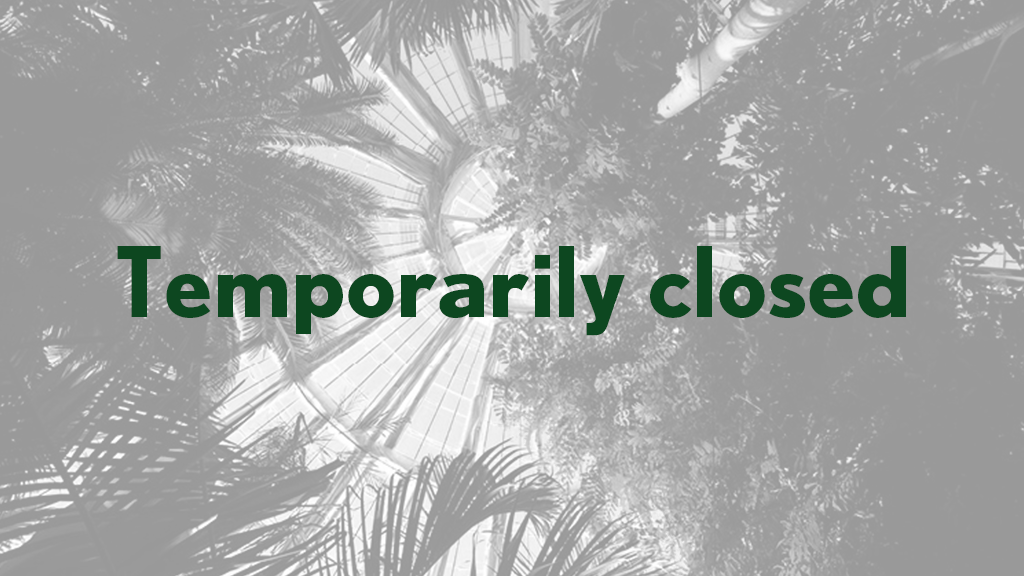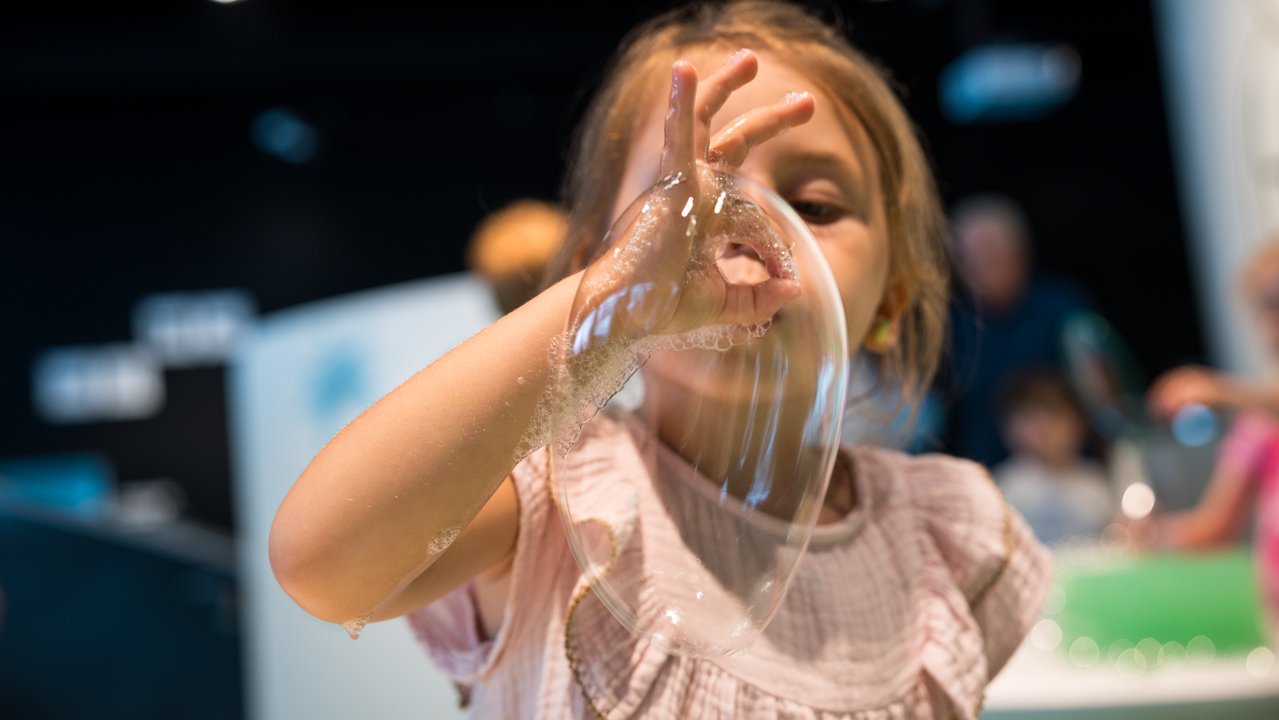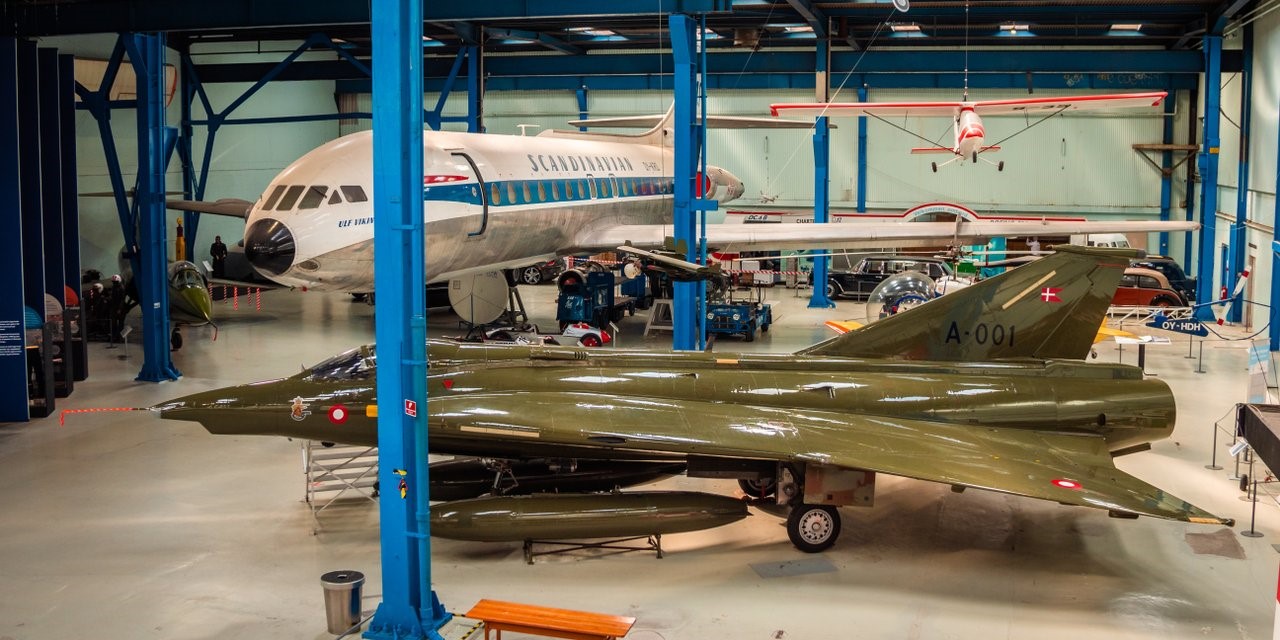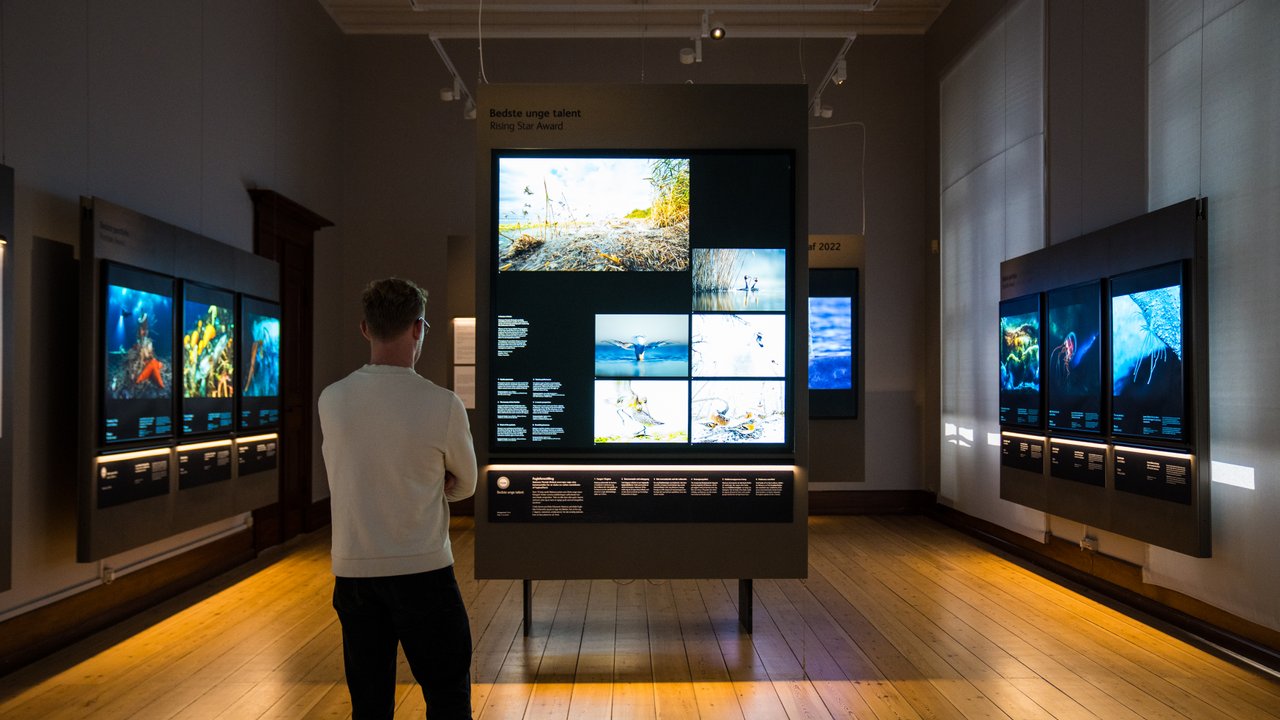
Photo: Mellanie Gandø

Photo: Mellanie Gandø
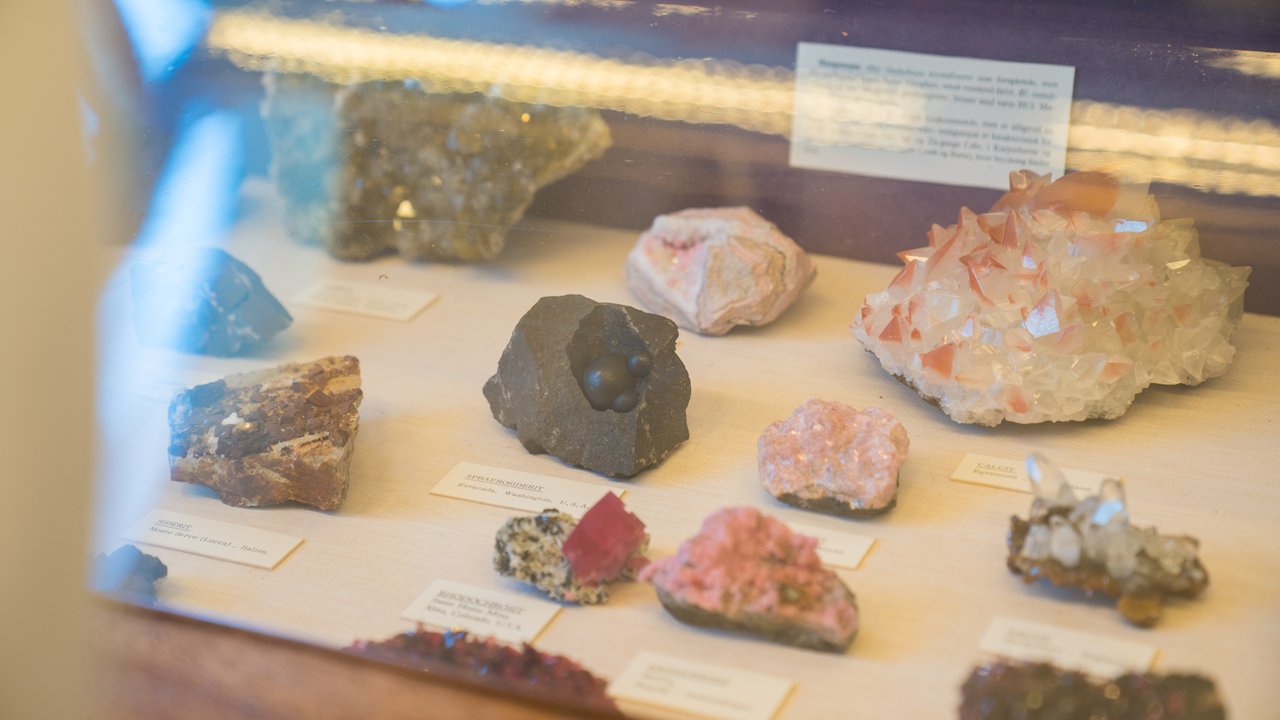
Photo: Mellanie Gandø

Photo: Mellanie Gandø
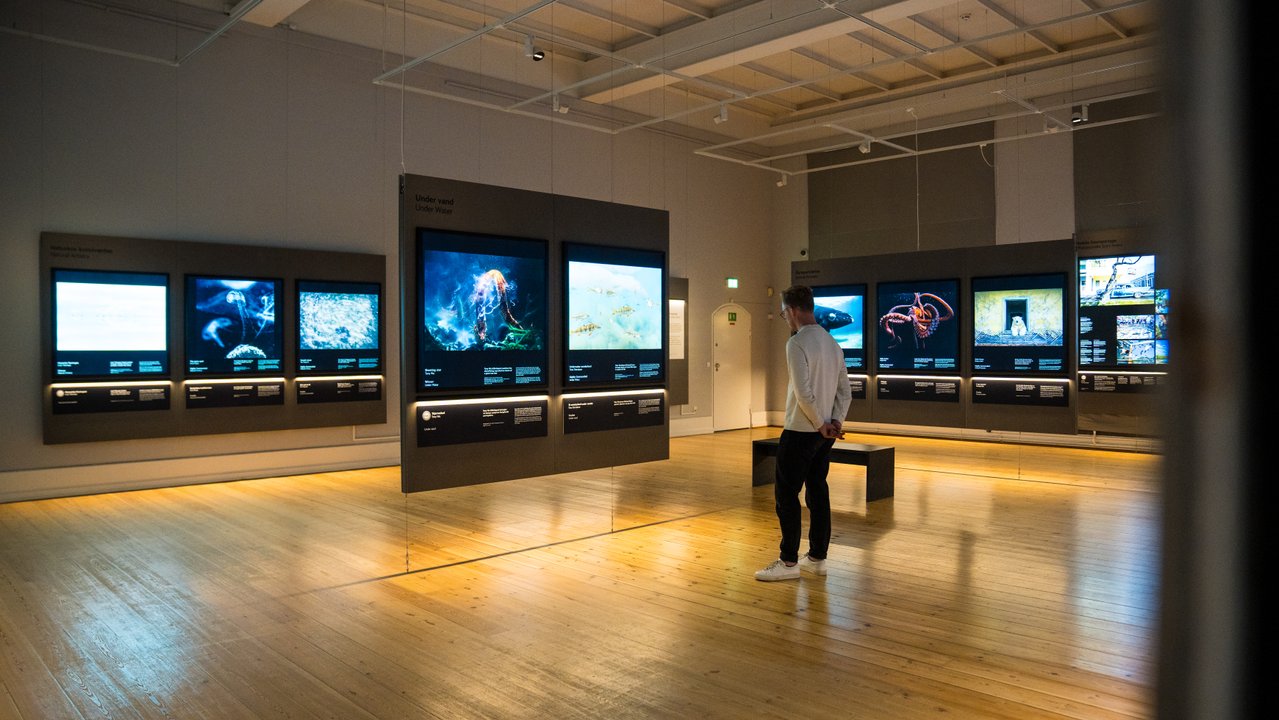
Photo: Mellanie Gandø

Photo: Mellanie Gandø
Natural History Museum Denmark
Explore the world of nature in the heart of Copenhagen
Step into the beautiful mineral halls, touch a huge meteorite from outer space and explore the natural world in the changing exhibitions.
An annual highlight at the museum is the famous exhibition Wildlife Photographer of the Year, featuring the 100 best nature and wildlife photos worldwide. Experience the beauty and fragility of nature in an exhibition that delights millions of people every year. See more about the exhibition at wpy.dk.
Recharge in the café with a view of the Botanical Garden, where you can explore the museum's collection of rare plants and see the iconic Palm House.
Opening hours
Please note that the Natural History Museum Denmark has special opening hours during the summer. In July and August, the museum is open on Mondays from 10:00 am to 5:00 pm. The rest of the year, the museum is closed on Mondays. The museum is also open Tuesday to Sunday from 10:00 am to 5:00 pm, with extended hours on Wednesdays until 9:00 pm all year.
Related Attractions
Opening Hours
02.01.2026 - 30.06.2026:Monday: closed
Tuesday: 10:00 - 17:00
Wednesday: 10:00 - 21:00
Thursday: 10:00 - 17:00
Friday: 10:00 - 17:00
Saturday: 10:00 - 17:00
Sunday: 10:00 - 17:00
Location
Øster Voldgade 5-7
1350 København K
Café
Wheelchair Accessible



